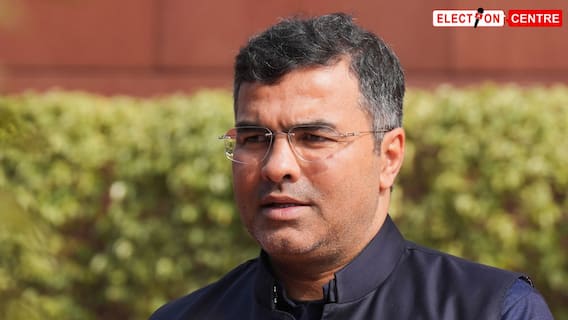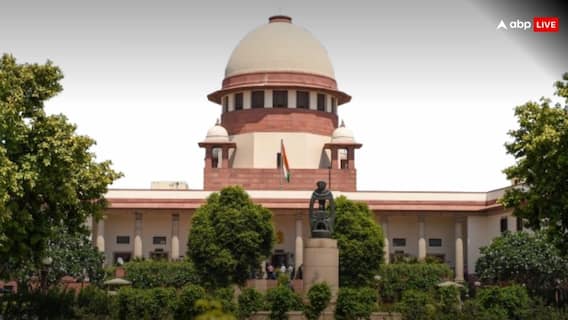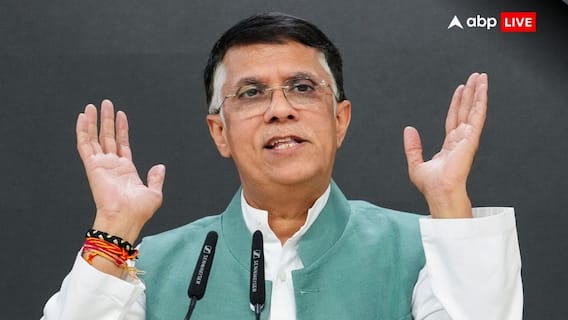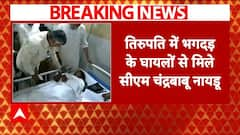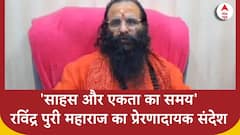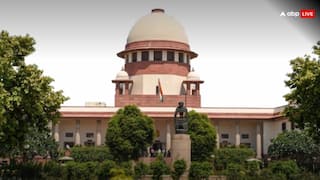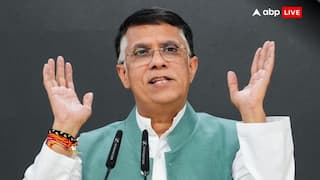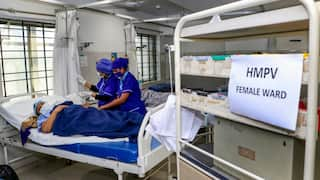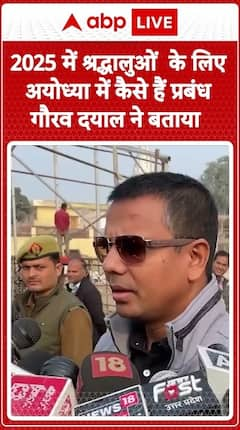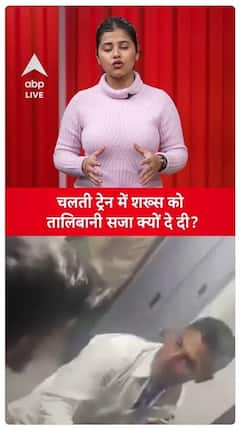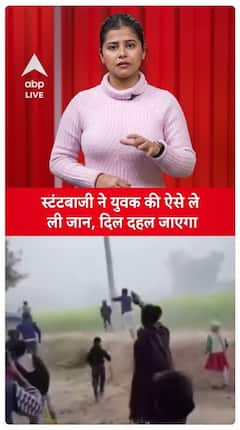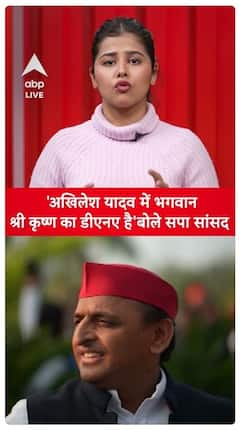What Steps Modi Govt Is Taking To Make Medical Education Future Ready
At present, India has 612 medical colleges -- 321 government and 291 private -- with 91,927 UG (MBBS) seats. In the last decade, there has been an 83 per cent growth of medical colleges.

The plight of 20,000 Indian medical students who had to abandon their education and flee Ukraine following the Russian invasion has exposed some long-standing issues facing medical education in our country. Inadequate government seats in terms of population and exorbitant fees to pursue medical education in private are some of the challenges. The Covid-19 pandemic has also flagged the outdated learning methods that most of the medical institutes were using, besides the need for technical skills.
To upgrade India's medical education, a FICCI and KPMG report, titled 'Strengthening healthcare workforce in India: the 2047 agenda', has recommended ramping up of efforts in augmenting education infrastructure and providing social safeguard benefits to promote healthcare as the preferred profession in the coming decades.
India's density of 33.5 health workers per 10,000 population as compared to the WHO recommendation of 44.5 skilled health workers per 10,000 persons, as per the report, shows the urgent need to bridge the gaps in demand and supply of healthcare workforce and healthcare education institutes.
"Medical and nursing education requires rejig to meet future healthcare workforce needs in terms of quality, enhanced and expanded skilling beyond medical skills, adopt latest technologies and responsive to changing patient health seeking behavior and rapidly changing digital driven health ecosystem," said Lalit Mistry, partner and co-head, healthcare sector, KPMG.
At present, India has 612 medical colleges -- 321 government and 291 private -- with 91,927 UG (MBBS) seats. In the last decade, there has been an 83 per cent growth of medical colleges and 121 per cent growth of UG seats. Among this, the number of government medical colleges has risen by 108 per cent compared to private medical colleges at 61 per cent.
In fact, the average annual growth of medical colleges from 2011-12 to 2021-22 was 5.9 per cent -- the highest in the last five decades, the report mentions.
In terms of seat availability, government seats increased 2.5 times, with the average annual growth of 9.5 per cent, compared to 5.6 per cent for private medical seats 2011-12 to 2021-22.
Tamil Nadu (11.4%) and Uttar Pradesh (10.9%) had the highest share of both public and private UG medical colleges followed by Karnataka (10.3%) and Maharashtra (10.1%) as per 2021-2022 data mentioned in the FICCI report.
There has been a rise in the number of PG seats as well. As per 2021-22 data, there are 46,118 PG seats across 28, 260 government medical colleges and 17,858 private colleges. Since 2017, there has been a 74 per cent increase in PG seats.
However, despite the increase in colleges and seats, there is a disparity in availability of doctors across various states.
'Time To Build Healthcare Workforce In Rural Areas'
According to the FICCI and KPMG report, the two most populous states in India -- Uttar Pradesh and Bihar --have just 3.6 and 3.7 doctors per 10,000 population respectively, amongst the lowest in the country. Both the states, home to a quarter of the country's population, have just 87 medical colleges offering only 11,468 MBBS seats.
Moreover, since many states reserve 80-85 per cent of their seats for residents, it creates an advantage for students in states that have more medical colleges.
Dr Bishnu Panigrahi, Group Head, Medical Strategy and Operations, Fortis Healthcare, said it was high time the government focused on building healthcare workforce in rural areas.
"It is time to move into Bharat instead of India and build a healthcare workforce in rural areas. Nursing schools and technician training centres should be established in district headquarters, attached with district hospitals. There is a need to focus on the role of women in the healthcare workforce, especially in Tier 2 and 3 towns."
To tackle these challenges, the government has brought in several initiatives to improve medical education and increase the number of medical seats at the state level.
- Transparency In Allotment Of Medical Seats
To bring transparency in medical education, the government has removed discretionary quota benefiting distinguished citizens. Moreover, the government will determine fees structure for 50 per cent seats in private medical colleges.
These measures will ensure that 75 per cent of total medical seats are available at regulated fees, the FICCI-KPMG report said.
Moreover, to churn out better quality doctors, the government has also proposed a common final year examination called the National Exit Test (NEXT), which will be a licentiate examination to practise medicine and also serve as a criterion for admission to PG courses.
- Financial Incentives For New Medical Colleges
A new scheme, Pradhan Mantri Swasthya Suraksha Yojana, has been launched to set up 157 new UG medical colleges that will be attached to existing district and referral hospitals in under-served areas of the country. The scheme is estimated to add 15,700 MBBS seats in the country, the report said.
- Expansion Of PG Programmes And Seats
The government has decided to increase PG seats per department -- maximum of five seats and six seats for anaesthesiology, forensic medicine and radiotherapy. Moreover, the National Board of Examinations (NBE) has launched a two-year post-MBBS diploma course in eight disciplines such as anaesthesia, obstetrician/ gynaecologist, paediatrics, family medicine, ophthalmology, ENT, radio diagnosis, and tuberculosis and chest disease.
- Competency-Based Undergraduate Curriculum
In a bid to align medical education closely with the changing health needs of the country, the government, in 2019, launched the competency-based undergraduate curriculum (CBME). The aim is to transition from content-based to outcome-based methodologies.
Besides promoting a more patient-centered approach, the new curriculum has introduced a number of changes like a foundation module to impart basic language, communication and computer skills as well as a more extensive AETCOM (attitude, ethics and communication) module in line with globally recognised techniques.
- Launch Of 'Group Accreditation' Programme
The programme is expected to offer PG medical courses to 25,000 students in 2025 by bringing both public and private institutions together. Through this, a doctor can get exposure in public and private institutions under the programme.
- Focus On AYUSH
The government also plans to integrate modern medicine with the traditional systems of Ayurveda, Yoga and Naturopathy, Unani, Siddha, and Homoeopathy (AYUSH).
Dr Sanjeev Singh, Medical Director, Amrita Institute of Medical Sciences & Research Center, highlighted that medical education in India has been more about the "quantity" rather than building "skill sets and competencies". In the report, he asserted that simulation-based learning labs and centres were important to enable practical learning.
"Bridge courses can really help fill the gap of specialised healthcare professionals. We should approach dual degree programs, international electives, flexible programs such as medicine with non-medical electives. International collaborations such as three years in India and two years abroad should also be introduced so that students can learn from different universities and colleges," Singh added.
Trending News
Top Headlines







